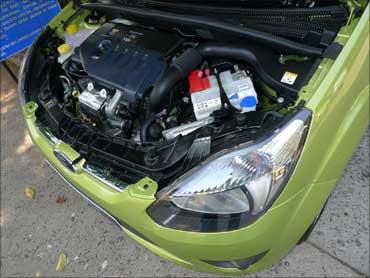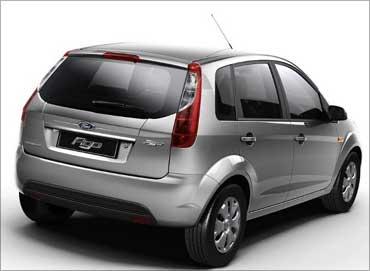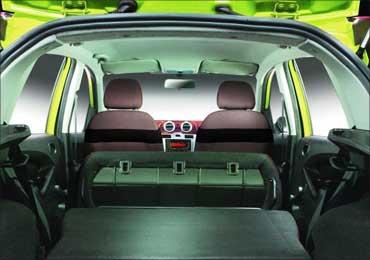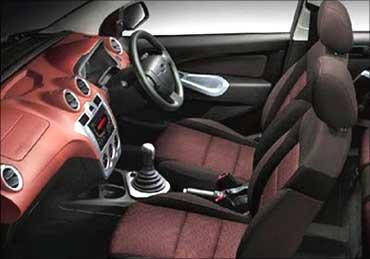A group of 54 engineering students from the city has designed a 10-kg nano satellite to monitor greenhouse gases (GHG) that the Indian space agency is planning to launch in April.
The students from the SRM University, some 40 km from the capital city, have been working on the project 'SRMSAT' since 2008. The satellite weighing just 10 kg is being developed under the guidance of the Indian Space Research Organisation (ISRO) at a cost of 1 crore.
With climate change becoming a cause of serious concern globally, the satellite will monitor GHG - mainly carbon dioxide - in the atmosphere. A grating spectrometer is employed for monitoring earth-based sources and sinks of anthropogenic and natural sources of GHG.
The students from 12 disciplines of engineering in the university have been working closely with the ISRO to develop the nano satellite.
A nano satellite is one that weighs less than, or equal to, 10 kg.
"The satellite is scheduled for launch in April this year with ISRO's Megatropics G satellite. We have signed a memorandum of understanding with the national space agency for the project," M. Loganathan, former ISRO scientist who is heading the team, told IANS on the sidelines of the ongoing Indian Science Congress at the SRM University campus here.
According to Loganathan, the students are very passionate about the project and would work on it after their classes.
"Their classes get over by 4 p.m. and after that all of them hang on in the research laboratory for say till midnight to work on the nano satellite. It's their baby and an outcome of their hard work," he said.
The ISRO said the satellite has to be tested before it can be included as a payload.
The students have been wholly involved in the project, right from procuring components to assembling and testing the satellite.
Explaining the initial problems they faced, Sarwesh Narayaan, a mechanical engineering student, told IANS: "It was difficult to communicate technically as we all come from different disciplines of engineering, but we did overcome it as each of us had to understand the concepts of all the other disciplines before designing the project."
"All of us are multi-tasking, and an electrical engineer student in the group is also conversant with the concepts of mechanical, aerospace, electrical communication and information engineering. We have been solving each others' problem," Guruditya Singh, a final year student, told IANS.
It's the team spirit that keeps this group of 51 men and 3 women students going.
"Whenever we get some time, maybe over lunch or dinner or during weekends, our point of discussion is only SRMSAT. Each one of us enjoys talking about it and our sessions go on for hours. There is nobody junior or senior but a team, and our mantra is value for thought. A first year student can also give a good piece of advice to the group," said Anushree Mahapatra, a student of electronic and information engineering.
The conception of SRMSAT dates back to August 2008 when the vision of launching a student satellite was put forward at a seminar taken by eminent space scientist D. Raghavamurty.
"It is planned to make our first nano satellite as a SRMSAT bus so that further missions can be continued with different payloads that can be supported with this design," said Loganathan.
More and more students are showing interest in the space science.
In 2010, ISRO launched Studsat -- a tiny satellite built by 35 students from four engineering colleges in Bangalore and three in Hyderabad -- which can take pictures of the earth from space, helping in weather forecasting.
During the golden jubilee celebrations of IIT-Kanpur last year, President Pratibha Patil handed over to the ISRO a nano satellite 'Jugnu' developed by students of the country's premier institution.
Other institutes have got in the act as well. A 3.5-kg satellite 'Pradhan' is being built by students of IIT-Mumbai. Students of Sathyabhama University, Chennai, are also working on a nano satellite.
In Vellore Institute of Technology University (VITU), Vellore, the students have designed the TubeSat, which is a pico-satellite, weighing less than 1 kg.























































